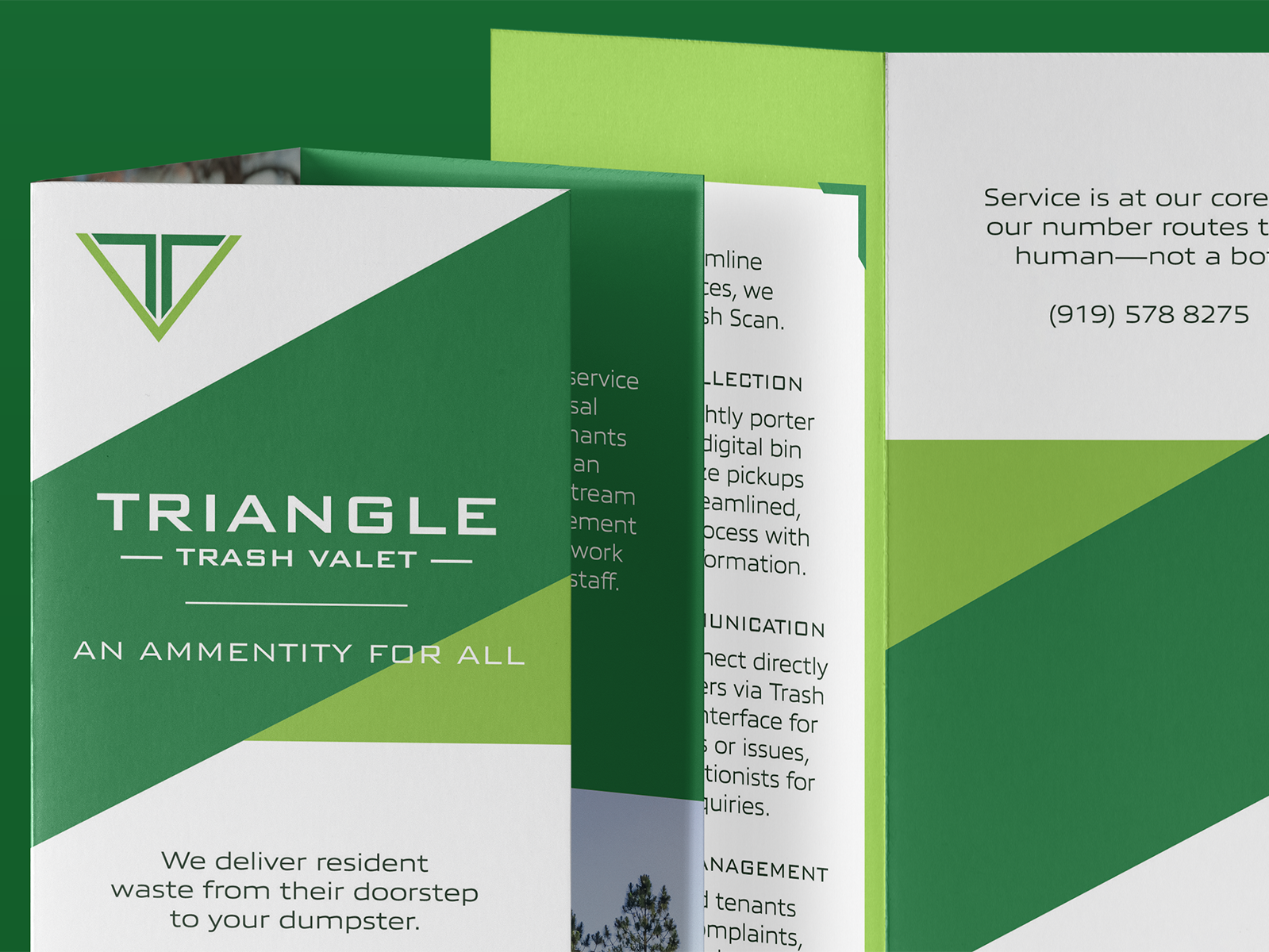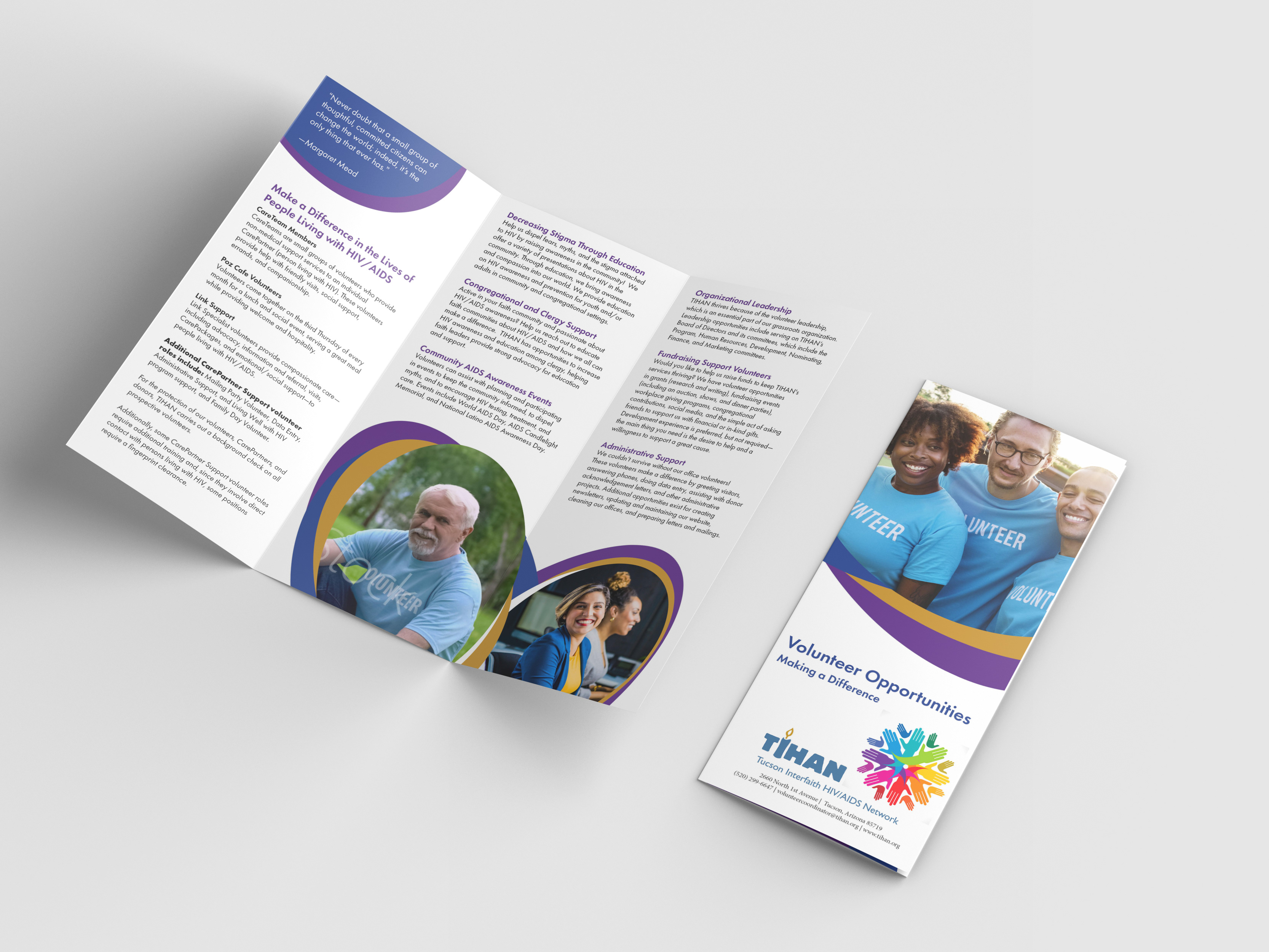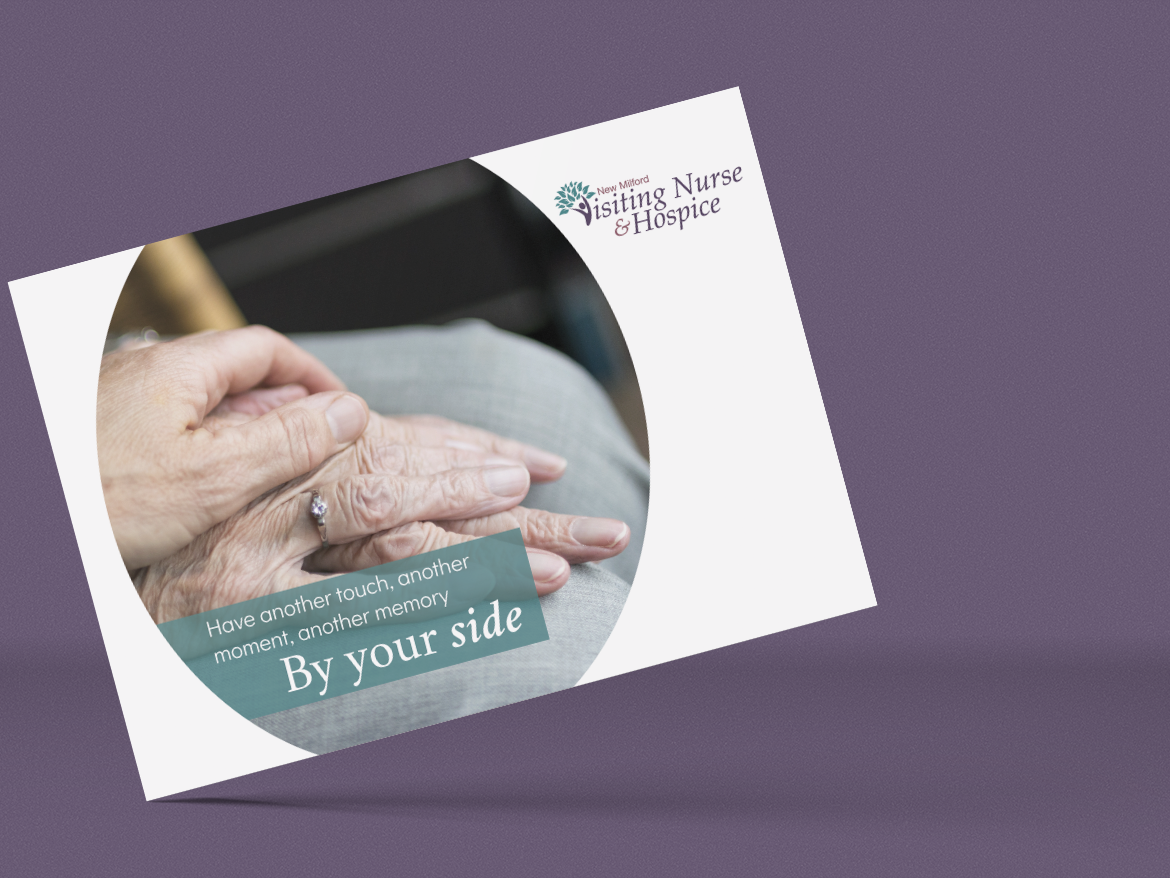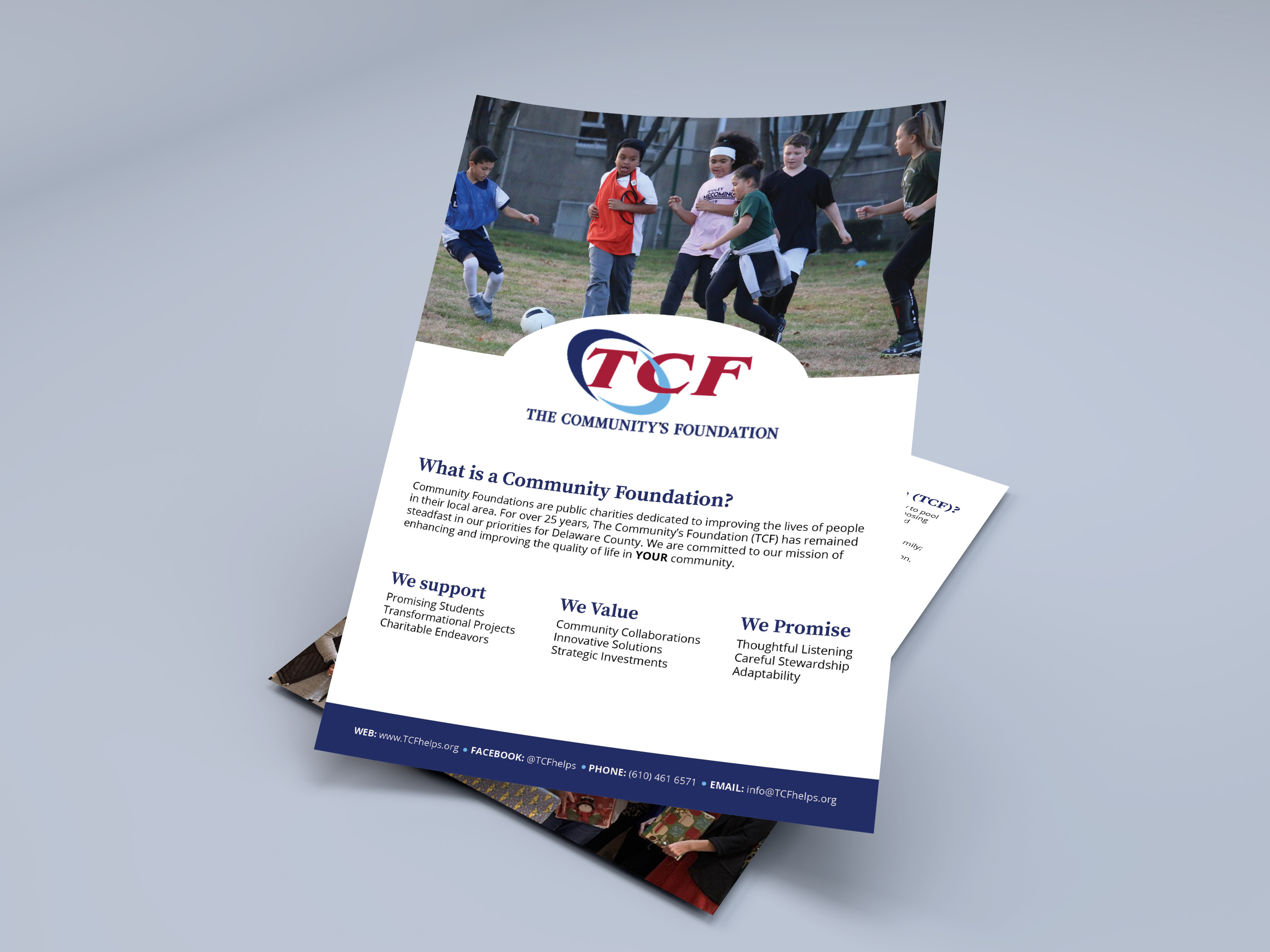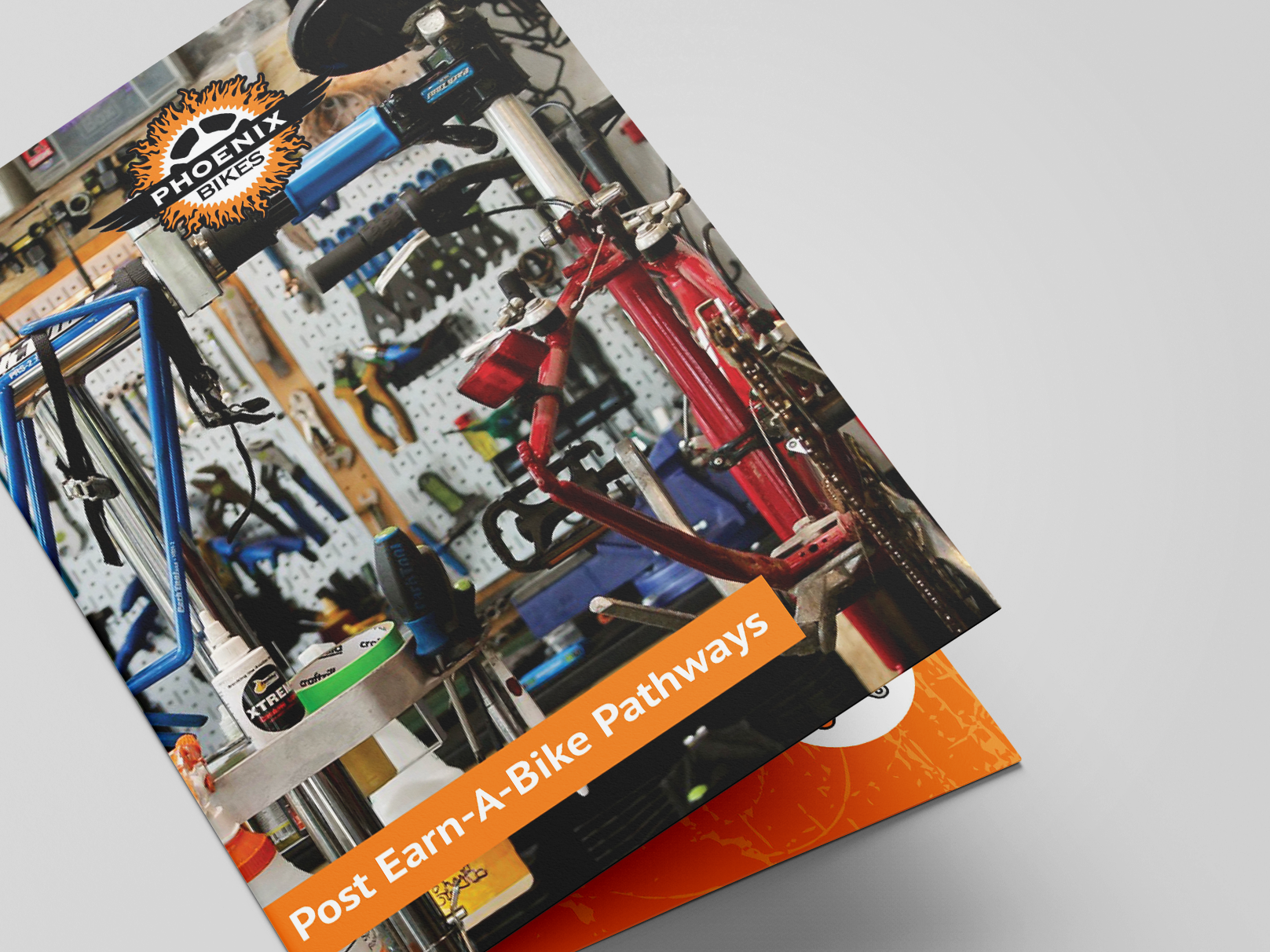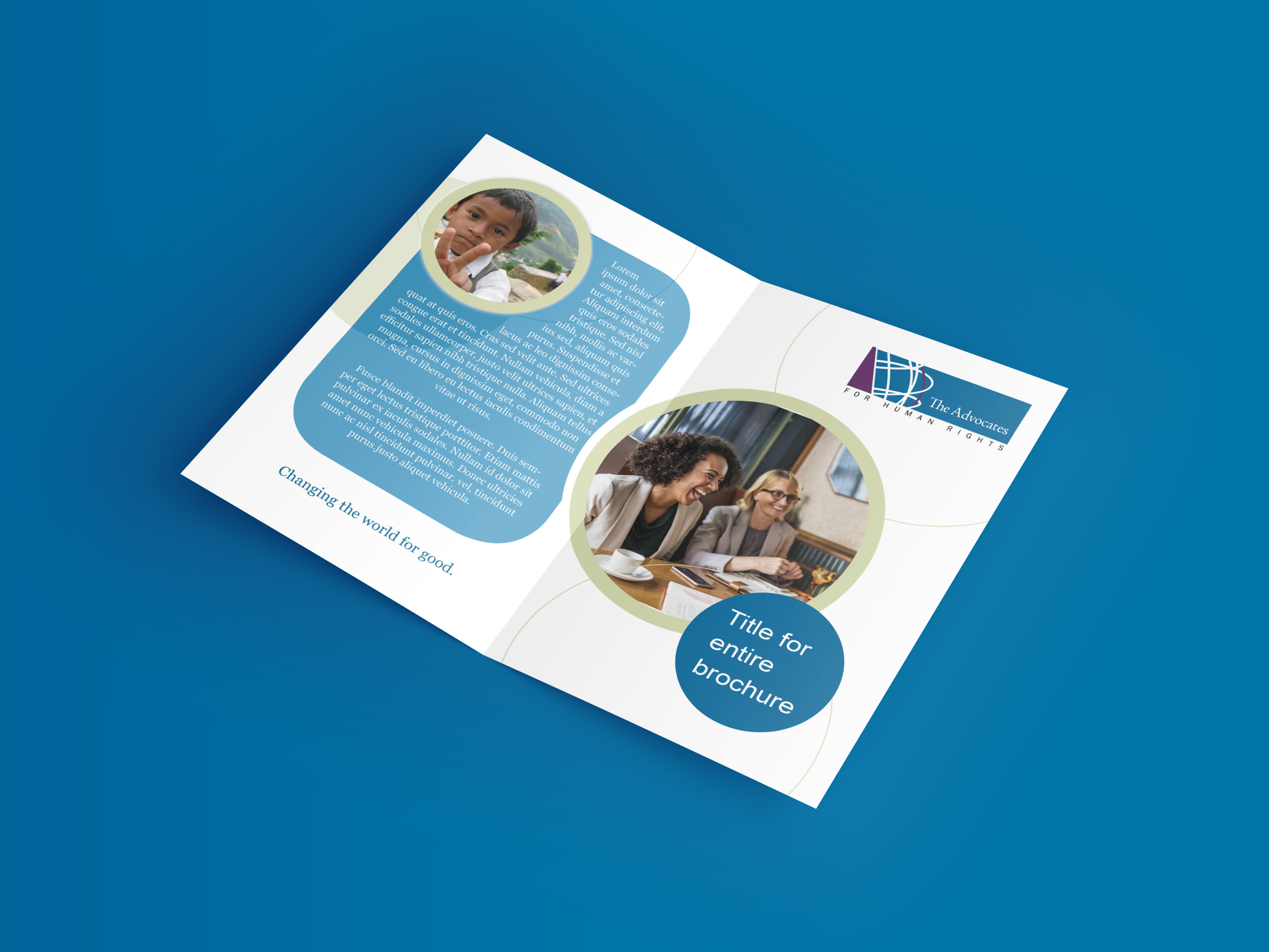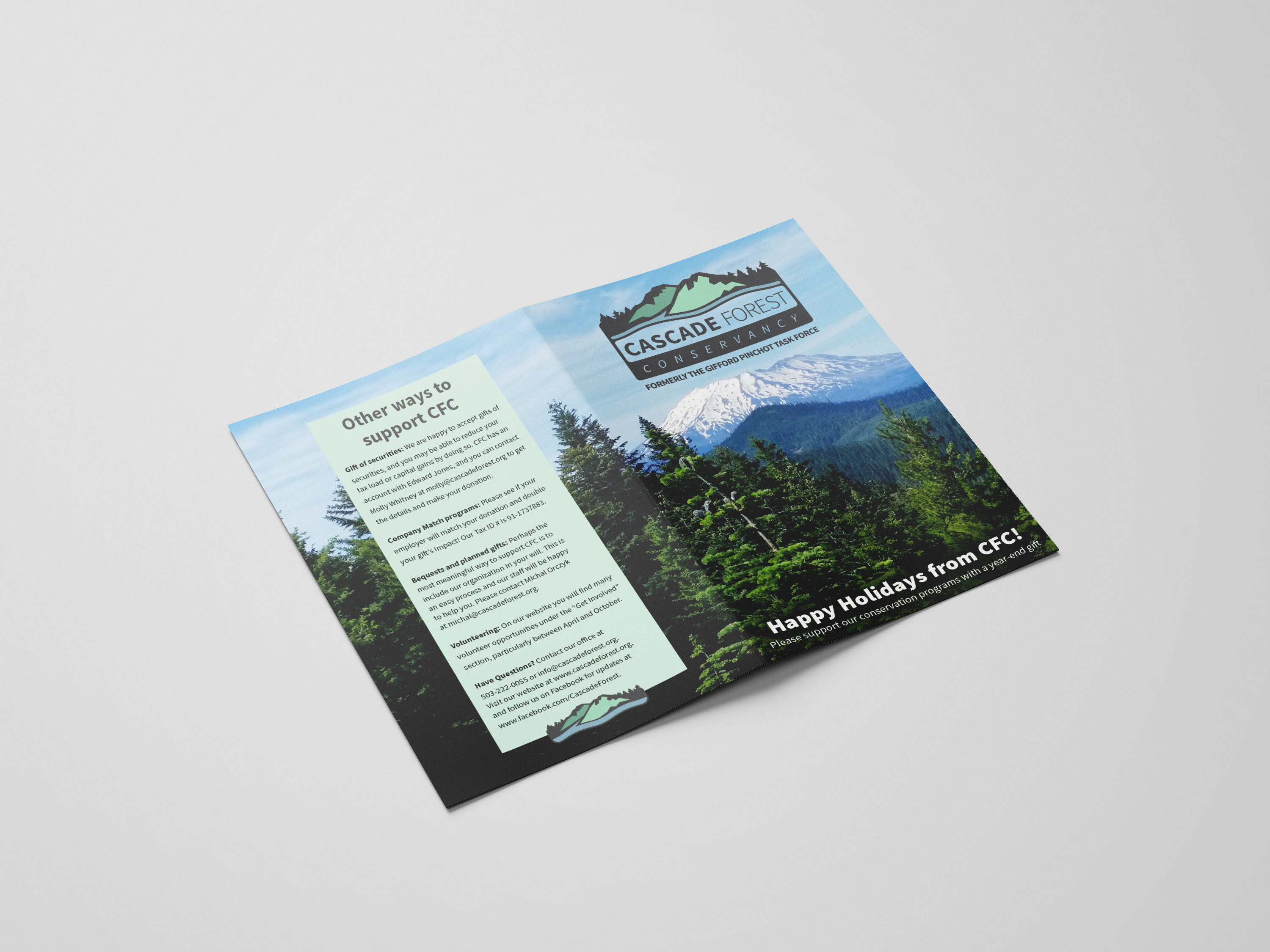
Cover page of "Sex Ed."
Giggles. Graphic videos of childbirth. Blushes. Condoms stretched onto bright banana peels. These are the markers of a passable high school sex-ed course in America. For some, this education is just disappointing or not enough, but for others it is severely damaging due to a lack of acceptance and the shame weaved into the coursework. I’ve long complained about the discourse and understanding surrounding sex in our society. Faced with the impossibility of single-handedly changing the public education system curriculum for sex-ed, my focus shifted to ease the problem in the next educational stage: higher education.
Within university, where conversation is free-flowing, the dialogue about sex is often dominated by discourse on rape. However, rape isn’t sex: it’s violence. This piece isn’t about violence; it’s about sex.
As I worked on this publication, combining popular media and scientific research, I partnered with Hamline University’s Women’s Resource Center and concentrated on the most forgotten elements and biggest myths about sex with a female-focused* perspective and constant sex-positivity. All together, this work is a crash course on topics that are often missed in public high school’s sex-ed and still only the start of the conversation.

Quote from the spread on grooming and hygiene.
The magazine itself featured glossy, full-bleed printing in a traditional 8.5 by 11 sizing that utilized a tight color palette of bold hues. Blue tones evoked the trust-worthy traditional side of the educational material while brighter oranges and yellows hinted towards fun, humor, and enjoyment to embody the mission statement of the text.

Detail shot of the banana-condom print.

Detail shot of pubic hair vulva pattern.

